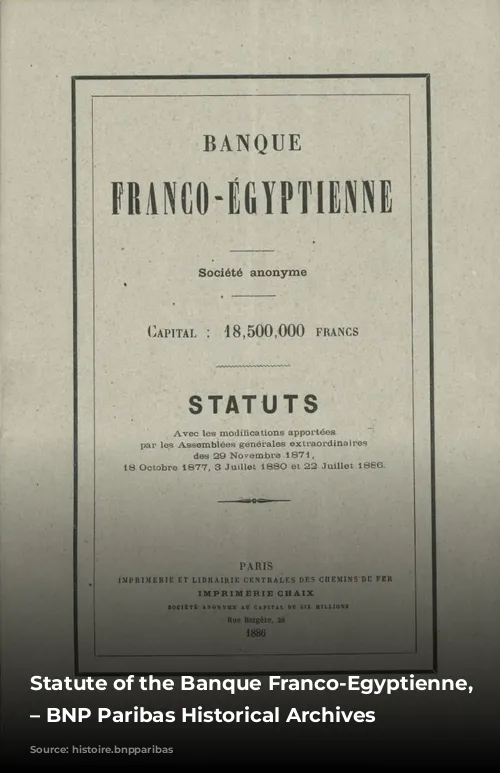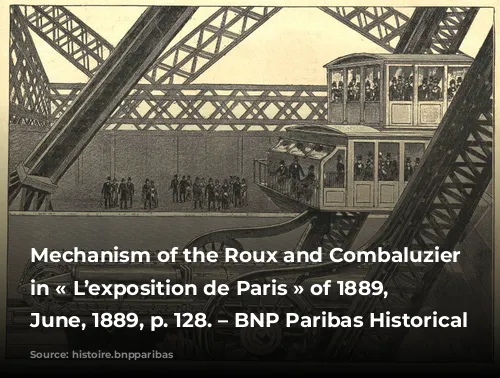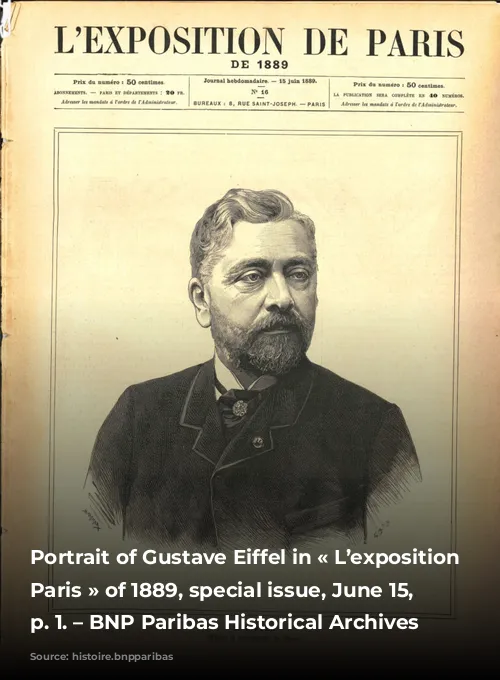Gustave Eiffel, the visionary architect behind the iconic Eiffel Tower, had a rather unconventional path to success. He had high aspirations, aiming to follow in his uncle’s footsteps and manage a thriving acetic acid factory. However, fate had other plans.
Eiffel, a bright and ambitious young man, failed to gain entry to the prestigious École Polytechnique in 1852. Undeterred, he pursued his studies at the Ecole Centrale des Arts et Manufactures in Paris, choosing to study chemistry. This decision was driven by his desire to take over his uncle’s business, a dream that seemed within his grasp.

A Change of Course: From Chemistry to Construction
The year 1855 saw the death of Eiffel’s uncle, Jean-Baptiste Mollerat. This tragedy, coupled with family disputes, dashed Eiffel’s hopes of inheriting the factory. This unfortunate turn of events left Eiffel disillusioned with chemistry, prompting him to seek a new direction.

A Mentorship that Shaped a Legacy
Eiffel’s newfound direction led him to the workshop of Charles Nepveu, a prominent engineer known for his innovative ideas and expertise in the burgeoning field of industrial engineering. This apprenticeship proved to be a pivotal turning point in Eiffel’s life. He learned valuable skills and thrived in the hands-on environment, quickly rising to become Nepveu’s trusted associate.
Nepveu’s influence is evident in Eiffel’s early projects, including the construction of the Bordeaux bridge in 1859. This project was a testament to Eiffel’s growing expertise and marked the beginning of his journey as a renowned engineer.
From Bridge Builder to Visionary: Eiffel’s Rise to Fame
Eiffel’s exceptional talent and unwavering dedication quickly garnered recognition. He was entrusted with the monumental task of constructing the metal structure of the Fine Arts and Archeology gallery for the Universal Exhibition of 1867. This prestigious project was a testament to his rising star, propelling him into the spotlight of the international engineering community.
Eiffel continued to push the boundaries of engineering, taking on projects of increasing scale and complexity. His work on the metal structure of the Statue of Liberty and the Garabit Viaduct further solidified his reputation as a leading architect and engineer of his time.

The Eiffel Tower: A Vision Takes Shape
The 1889 Universal Exhibition in Paris presented an extraordinary opportunity for Eiffel. He was challenged to create a groundbreaking structure that would captivate the world. This ambitious project would later become his crowning achievement: the Eiffel Tower.
Eiffel and his team of talented engineers, led by Maurice Koechlin and Emile Nouguier, embarked on this challenging endeavor. Their vision was to create a tower that would be both visually striking and structurally innovative. They drew inspiration from previous successes, including the Statue of Liberty and the Garabit Viaduct, pushing the limits of engineering and design.
From Vision to Reality: Overcoming Challenges and Securing Funding
The path to building the Eiffel Tower was fraught with obstacles. Financial constraints presented a formidable challenge, requiring Eiffel to seek out financial partners. This led him to Ernest May, a visionary leader at the Banque Franco-Egyptienne. May recognized the potential of Eiffel’s project and became a key supporter, providing the necessary capital to turn the dream into reality.
The Banque Franco-Egyptienne’s pivotal role in financing the Eiffel Tower is a testament to the vital role that financial institutions play in supporting large-scale projects that reshape cities and inspire generations.
A Legacy Forged in Steel: The Lasting Impact of the Eiffel Tower
The Eiffel Tower, a marvel of engineering and design, has become a symbol of Paris and a testament to the ingenuity and determination of its creator. Eiffel’s legacy extends beyond the tower, as his innovative techniques and structural designs have had a lasting impact on the field of engineering. His work continues to inspire and amaze, reminding us of the transformative power of human ingenuity and the vital role of financial support in shaping our world.







